The dry mortar is a semi-finished mortar made of raw materials that are accurately compounded and uniformly mixed in the factory. It can be used only by adding water to the construction site. Due to the variety of dry mortars, the application is very extensive. One of its greatest features is the use of its thin layers for bonding, decoration, protection and gasketing. For example, the mortars with the main function of bonding mainly include masonry mortars, tile adhesive mortar for wall and floor tiles, jointing mortars, anchoring mortars, etc.; mortars based on decorative effects mainly include various kinds of plastering mortars, interior and exterior wall putties, and colored decorative mortars. Etc.; play a protective role of waterproof mortar, a variety of corrosion-resistant mortar, self-leveling mortar, wear-resistant mortar, insulation mortar, insulation mortar, repair mortar, mold mortar, shield mortar and so on.
Therefore, its composition is also more complicated, and it is generally composed of cementing materials, fillers, mineral admixtures, pigments, admixtures and other materials.
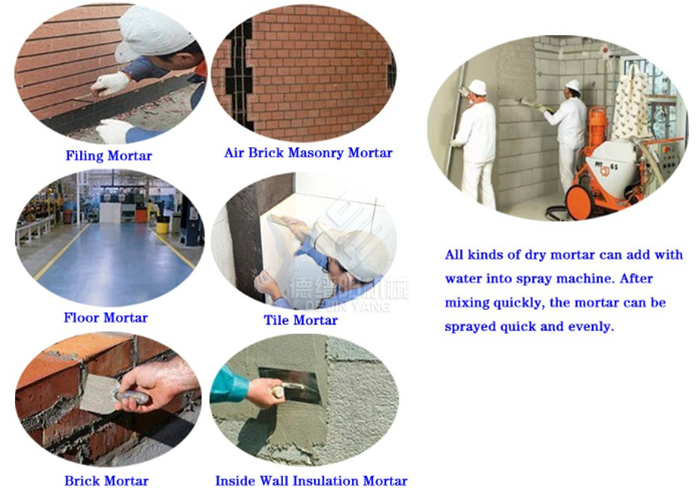
1.Binder
Commonly used cements for dry mortars are: Portland cement, ordinary Portland cement, high alumina cement, calcium silicate cement, natural gypsum, lime, silica fume, and mixtures of these materials. Portland cement (usually type I) or silicate white cement are the main binders. Floor mortar usually also requires some special cement. The amount of cement used accounts for 20% to 40% of the dry mix product quality.
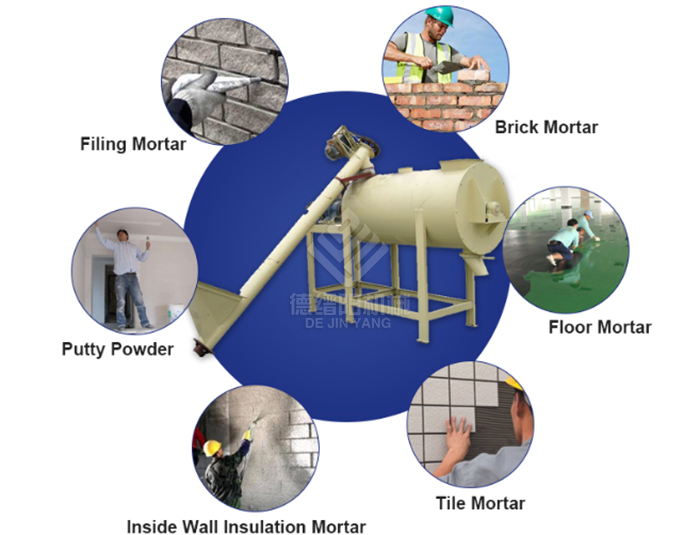
2.Filler
The main fillers for dry mortar are yellow sand, quartz sand, limestone, dolomite, and expanded perlite. These fillers are crushed, dried and then sieved into coarse, medium and fine categories. The particle size is: 4mm to 2mm for coarse fillers, 2mm to 0.1mm for medium fillers, and 0.1mm or less for fine fillers. For products with very small particle size, fine aggregates and sorted limestone are used as aggregates. Ordinary dry mortar can be either crushed limestone or dried, sieved sand as aggregate. If the quality of the sand is sufficient for advanced structural concrete, it must meet the requirements for the production of dry blends. The key to producing a reliable dry powder mortar is the mastery of the raw material particle size and the accuracy of the feed ratio, which is achieved in the automatic production line of dry mortar.
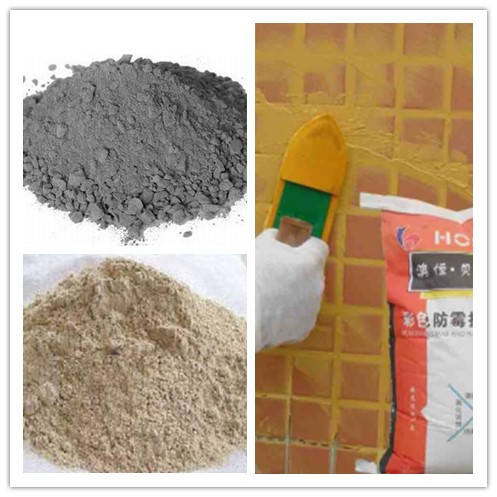
3. mineral admixture
The mineral admixtures of dry mortars are mainly industrial by-products, industrial scraps, and some natural ores, such as slag, fly ash, volcanic ash, fine silica fume, etc. The chemical composition of these admixtures is mainly silicon oxide containing calcium oxide. Aluminium hydrochloric acid has high activity and hydraulic properties.
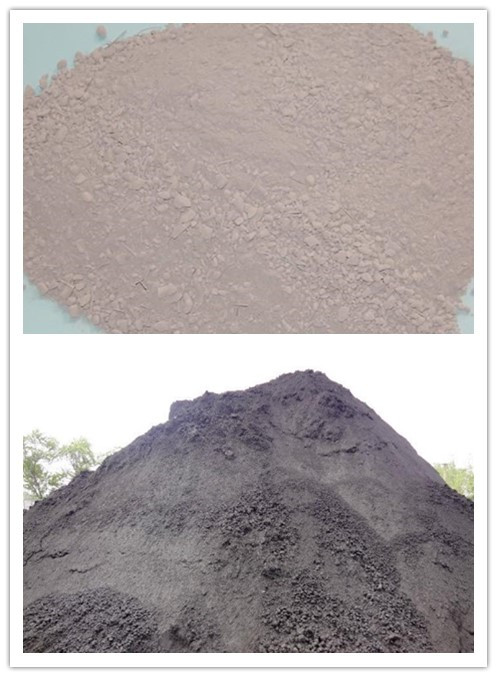
4. Admixture
Admixtures are the key link of dry mortar. The type and quantity of admixture and the adaptability between admixtures are related to the quality and performance of dry mortar. In order to increase the workability and adhesion of the dry mortar, the crack resistance of the mortar is improved, the permeability is lowered, and the mortar is not easily separated by bleeding, thereby improving the construction performance of the dry mortar and reducing the production cost. Such as polymer powder, wood fiber, hydroxymethyl cellulose ether, hydroxypropyl methyl cellulose, modified polypropylene fiber, PVA fiber and a variety of water reducing agent.
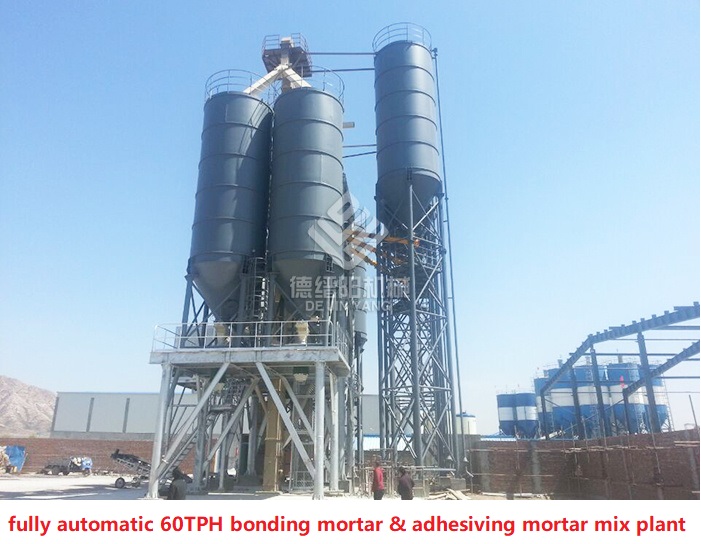

Cell Phone: +86 15137175832
Whatsapp: +86 15137175832
Email: sunnydjy823@gmail.com
efficientservice@outlook.com
Address: Dejinyang company